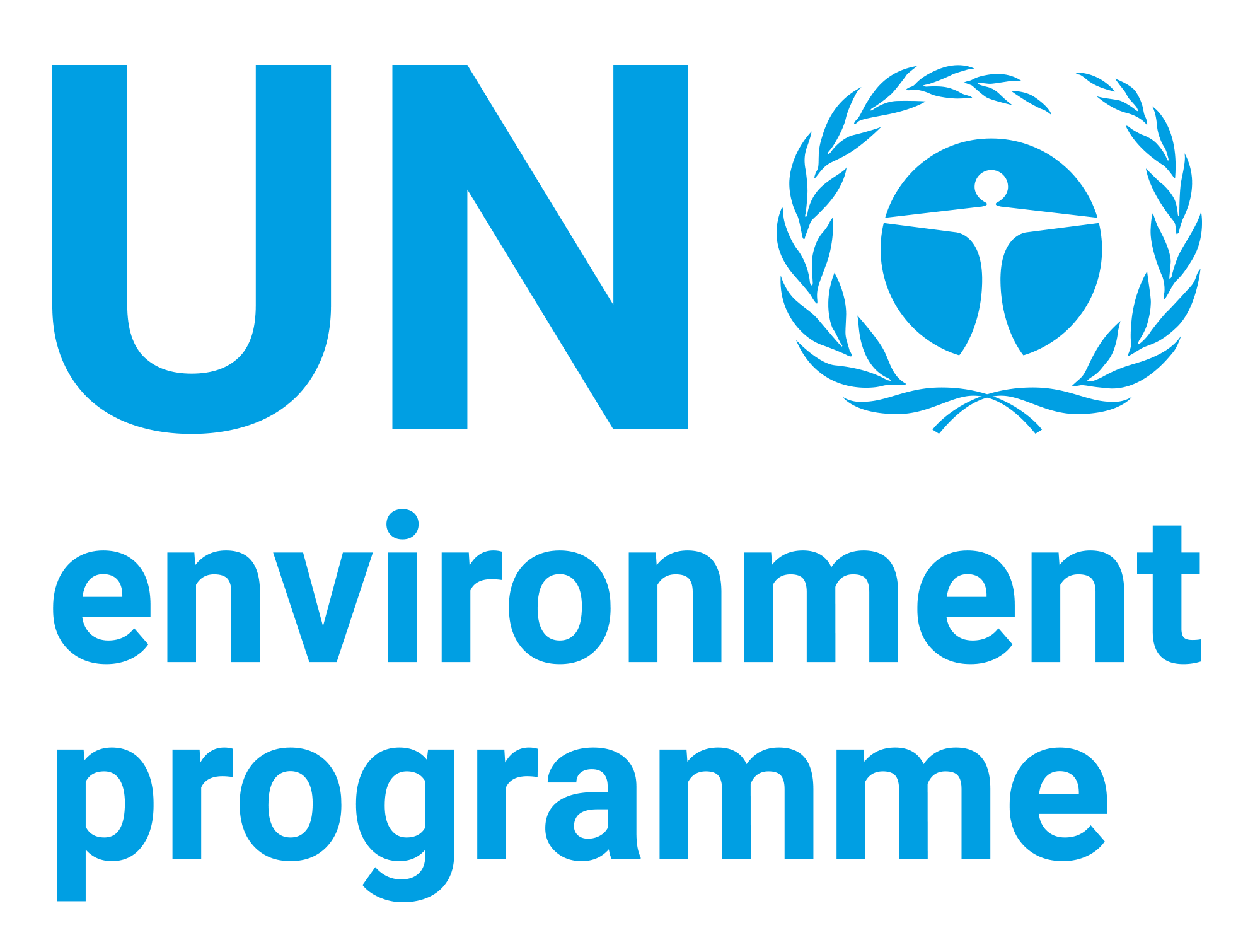| dc.contributor | Science Division | en_US |
| dc.contributor.author | United Nations Environment Programme | en_US |
| dc.coverage.spatial | Asia and the Pacific | en_US |
| dc.date.accessioned | 2017-12-14T13:35:25Z | |
| dc.date.available | 2017-12-14T13:35:25Z | |
| dc.date.issued | 2017 | |
| dc.identifier.uri | https://wedocs.unep.org/20.500.11822/22314 | |
| dc.description | The Aral Sea was once the world’s fourth largest inland lake. Its hydrological balance is strongly determined by inflows from the Amu Darya and Syr Darya rivers which are fed by glacial melt waters from the southwestern Pamir Mountains in Tajikistan and the Tien Shan Mountains that border Kyrgyzstan and China. Research indicated the Aral Sea would eventually split into two by 2030. However, re-engineering along the Syr Darya River delta in the Small Aral Sea has shown the possibilities of deliberate intervention. | en_US |
| dc.format | Text | en_US |
| dc.language | English | en_US |
| dc.relation.ispartof | Foresight Brief: Early Warning, Emerging Issues and Futures | en_US |
| dc.rights | Public | en_US |
| dc.subject | lake | en_US |
| dc.subject | energy resource | en_US |
| dc.subject | environmental protection | en_US |
| dc.title | The Changing Aral Sea - Foresight Brief No. 003 October 2017 | en_US |
| wd.identifier.newrelease | Yes | en_US |
| wd.identifier.sdg | SDG 14 - Life below Water | en_US |
| wd.identifier.sdgio | http://purl.unep.org/sdg/SDGIO_00000048 | |


